Frontal sinusitis

specialists

equipment

treatment

Symptoms of frontal sinusitis
- Pain in the frontal region and near the bridge of the nose. They intensify in a horizontal position or when tilting the head
- Discomfort in the eye area. It is characterized by increased sensitivity to light and lacrimation
- Temperature rise
- Feeling of stuffiness in the nasal passages
- Nasal discharge. They are transparent, yellowish or green. Sometimes they contain impurities of pus
- Decreased sense of smell
- In severe cases, redness of the skin in the area of the eye sockets is observed. Often this symptom is accompanied by severe swelling
Classification of frontal sinusitis
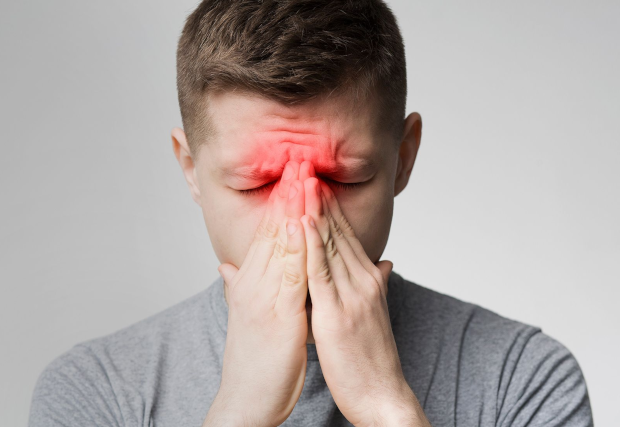
There are two main forms of frontal sinusitis - acute and chronic. In the acute phase of frontal sinusitis, the mucous membrane of the frontal sinuses thickens significantly, and swelling appears inside. They put pressure on the blood vessels and this contributes to the obstruction of normal blood flow.
The diagnosis of “chronic frontal sinusitis” is made when inflammation lasts more than a month. Prolonged inflammation leads to thickening and hyperplasia of the mucous membrane of the frontal sinus. Under such conditions, polyps or cysts often form, which impede the normal outflow of secretions and air exchange.
Consequences of untreated sinusitis
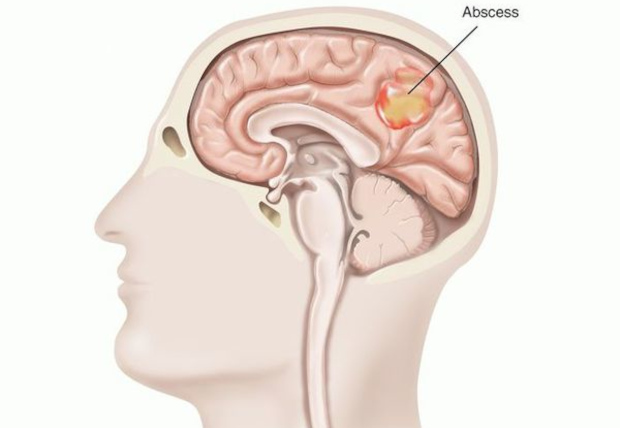
Advanced frontal sinusitis often leads to a brain abscess. There is also a risk of developing:
- Meningitis (inflammation of the membranes of the brain)
- Sepsis (a serious condition that occurs when an infection spreads throughout the body)
- Phlegmon of the orbit (purulent inflammation that can cause blindness)
In addition, delaying treatment increases the risk of osteomyelitis (purulent lesions of the skull bones).
General information about the treatment of frontit
Features of frontal sinusitis in children
The main symptom of frontal sinusitis in children is a sharp headache in the frontal region. The child's behavior changes. He becomes whiny and irritable. Interest in games decreases, concentration deteriorates. Some children experience a change in voice timbre (in particular, it becomes nasal). This occurs due to swelling of the frontal sinuses.
The basis of treatment for acute frontal sinusitis in children is rinsing the nose with isotonic saline solutions. This procedure helps remove viruses and bacteria and clear out the sinuses. Additionally, the child is prescribed anti-inflammatory drugs, as well as mucolytics. Local antibiotics are used to combat bacterial infection.
In order to reduce inflammation and improve mucociliary clearance, local glucocorticosteroids are prescribed. They help reduce swelling and restore the function of the anastomosis.
In cases of moderate and severe disease, systemic antibiotics are added to treatment. They are selected based on the suspected pathogen.
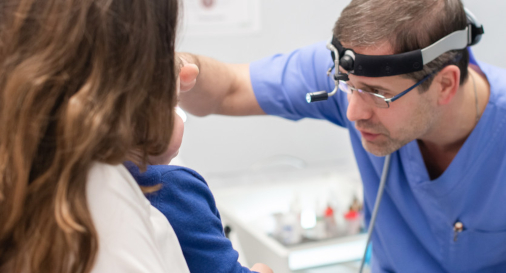
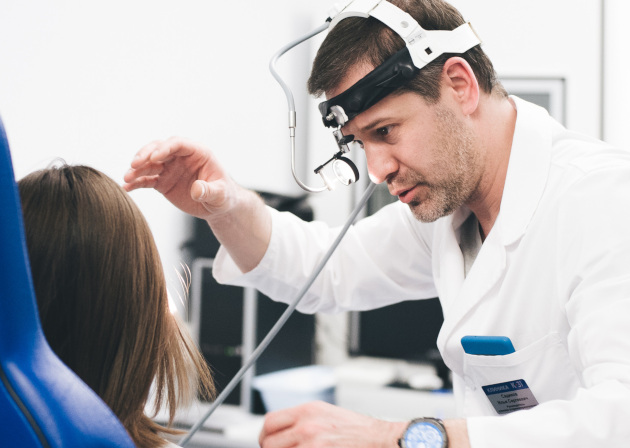
How is an appointment with an otolaryngologist at K+31?
Our doctors

This award is given to clinics with the highest ratings according to user ratings, a large number of requests from this site, and in the absence of critical violations.

This award is given to clinics with the highest ratings according to user ratings. It means that the place is known, loved, and definitely worth visiting.

The ProDoctors portal collected 500 thousand reviews, compiled a rating of doctors based on them and awarded the best. We are proud that our doctors are among those awarded.
Make an appointment at a convenient time on the nearest date
Price
Services

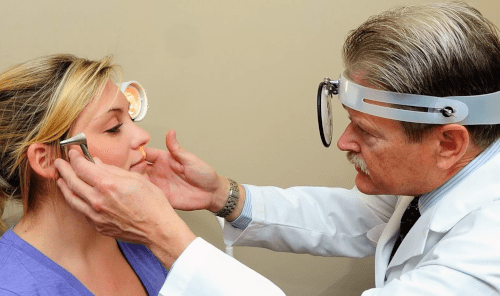

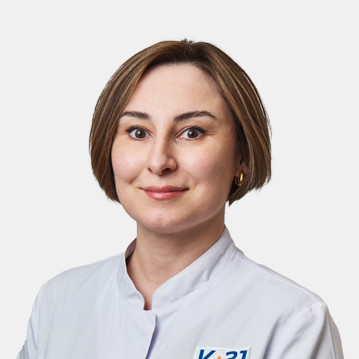
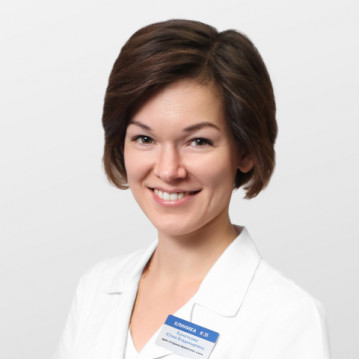

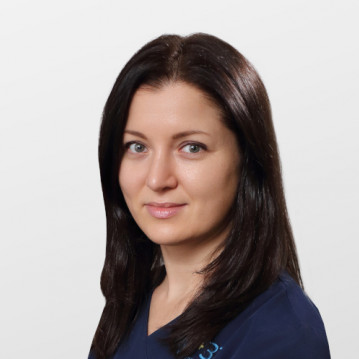
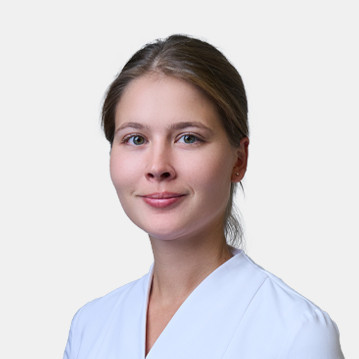
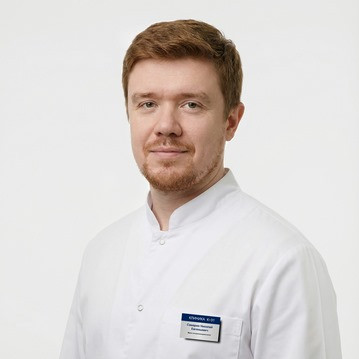
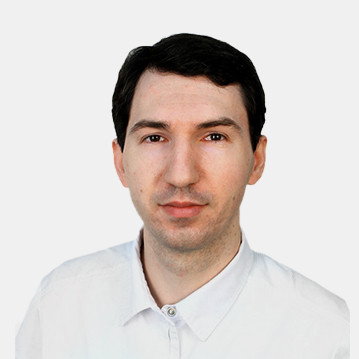
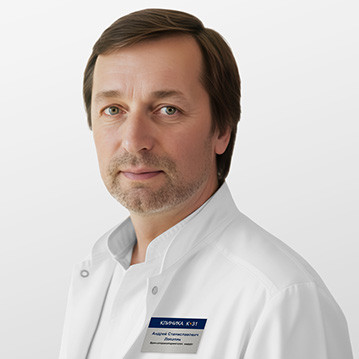
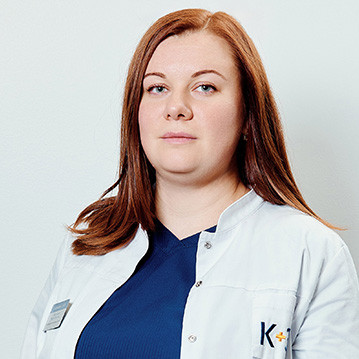
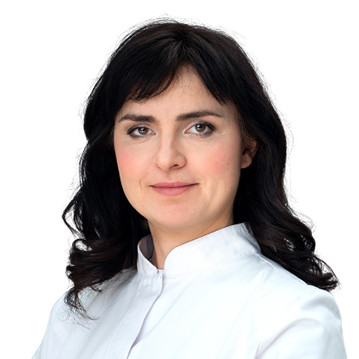
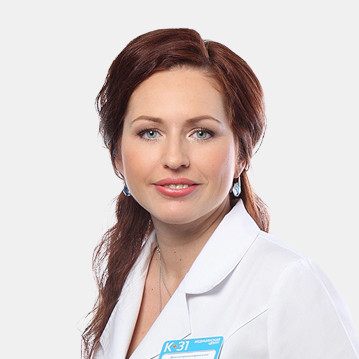
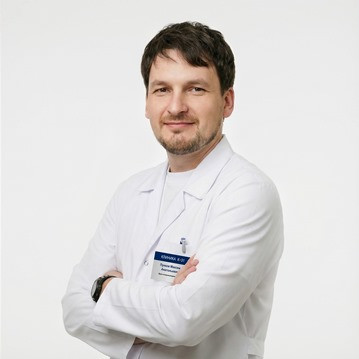
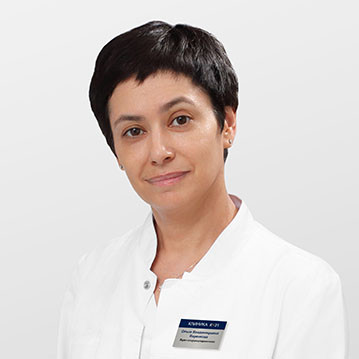
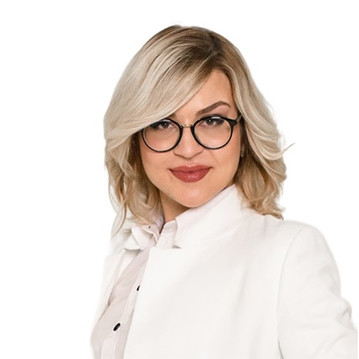
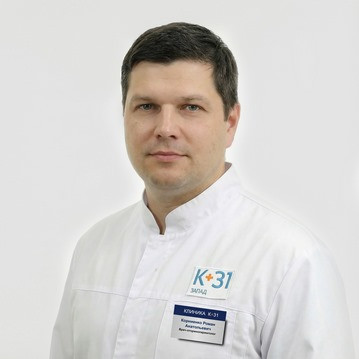
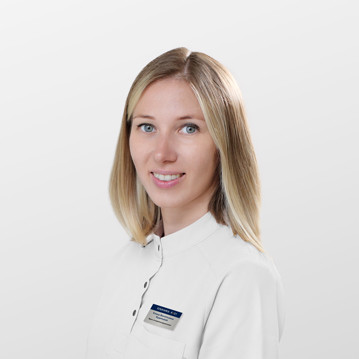
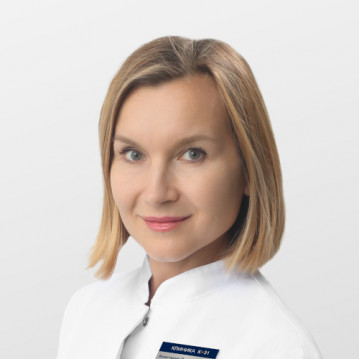
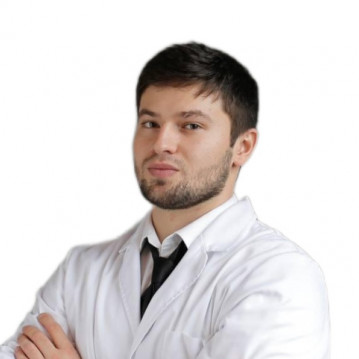

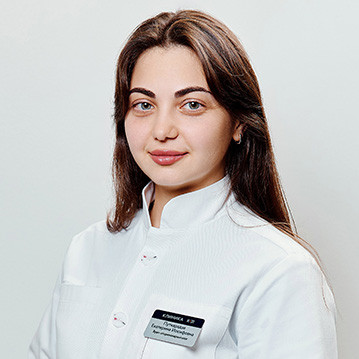
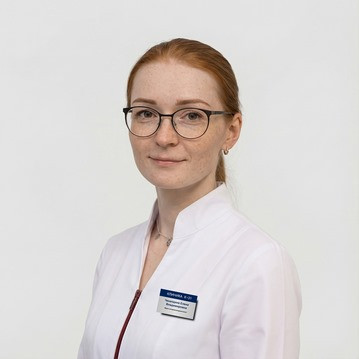
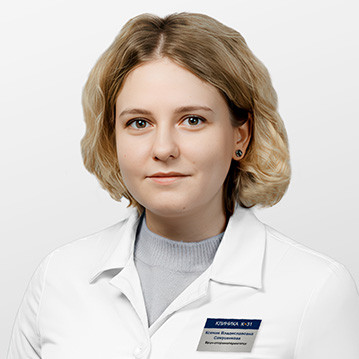
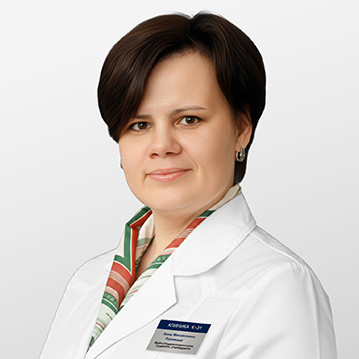

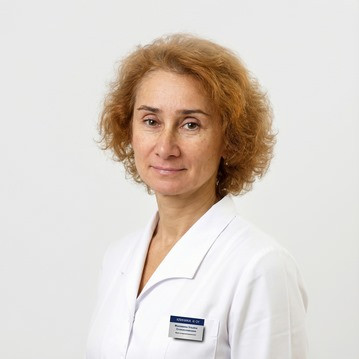







Factors in the development of frontal sinusitis
Risk factors for developing frontal sinusitis are not limited to upper respiratory tract infections - colds or flu. There are other reasons that increase the likelihood of this disease:
Anomalies in the structure of the nose (in particular, a deviated nasal septum) prevent normal drainage of secretions from the sinuses. This leads to inflammation.
Damage to the facial skeleton or surgery on the nose can also change the anatomy of the nasal passages and sinuses. Against this background, the risk of developing frontal sinusitis also increases.
In addition, untreated caries or other diseases of the teeth and gums contribute to the spread of infection to the sinuses.